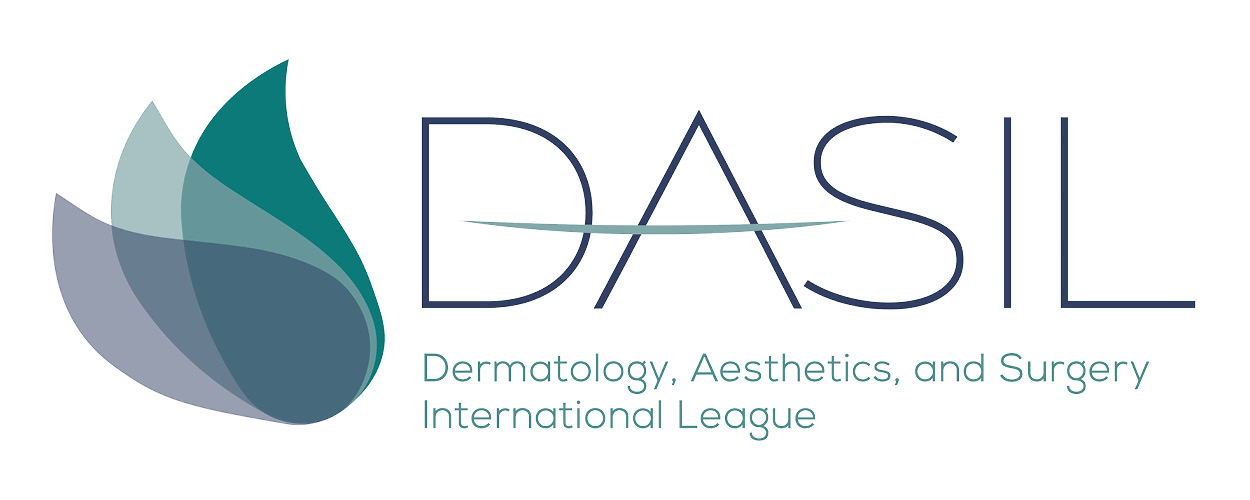VOLVER
IMCAS Asia 2025
IMCAS Asia 2025
Programa
Laser & EBD: Endo procedure - Laser, RF, plasma (in collaboration with DASIL)
Sala: Room 4 - Level 2
Fecha: sábado 7 junio 2025 de 09:00 a 10:30
Formato: SESIÓN ENFOCADA > presentación que cubre una temática principal del congreso
Fecha: sábado 7 junio 2025 de 09:00 a 10:30
Formato: SESIÓN ENFOCADA > presentación que cubre una temática principal del congreso
Las presentaciones
| Horas | Oradores | Título de la presentación | Resumen | Número |
| 09:00 | From simulation to practice: Optimizing return electrode positioning in monopolar radiofrequency | Ver | 146715 | |
| 09:12 | Role of facial muscles in the aging process and combination interventions | Ver | 146711 | |
| 09:24 | Analysis of complications with HIFU | Ver | 146710 | |
| 09:36 | Medical facelift through muscle volumization: How I do it | Ver | 146712 | |
| 09:48 | Synergistic skin tightening combining monopolar radiofrequency and HIFU for optimal aesthetic outcomes | 146713 | ||
| 10:00 | Plasma (educational grant from NEOGEN) | 146714 | ||
| 10:12 | Discussion and Q&A | 146716 | ||















